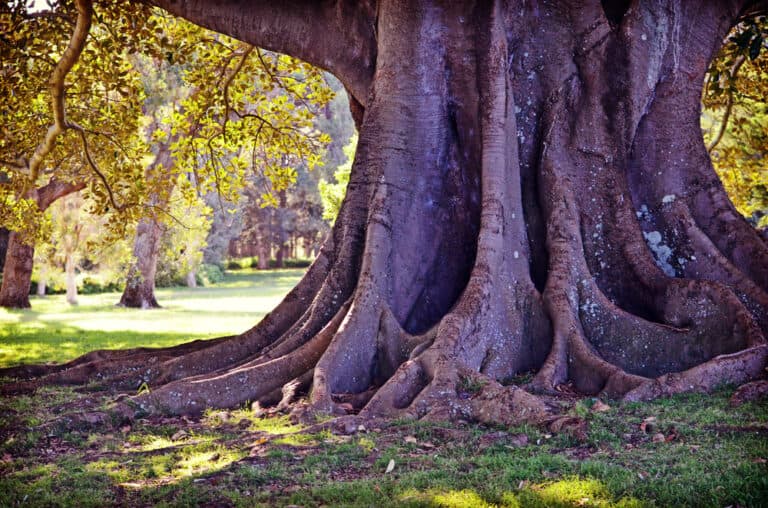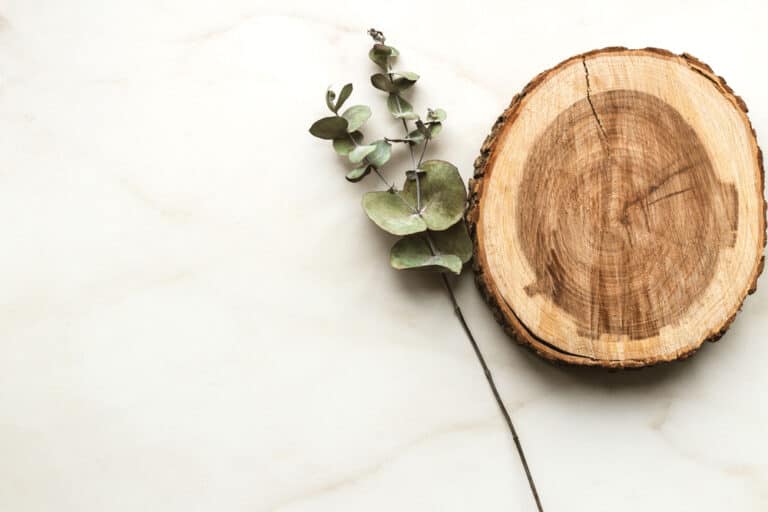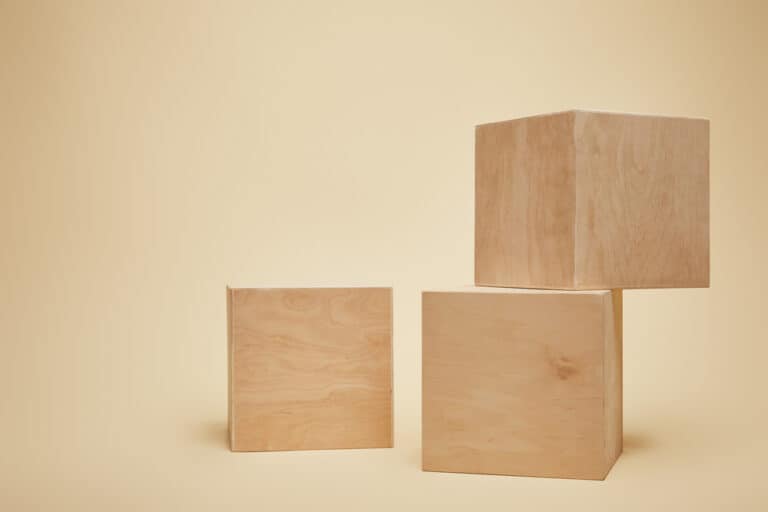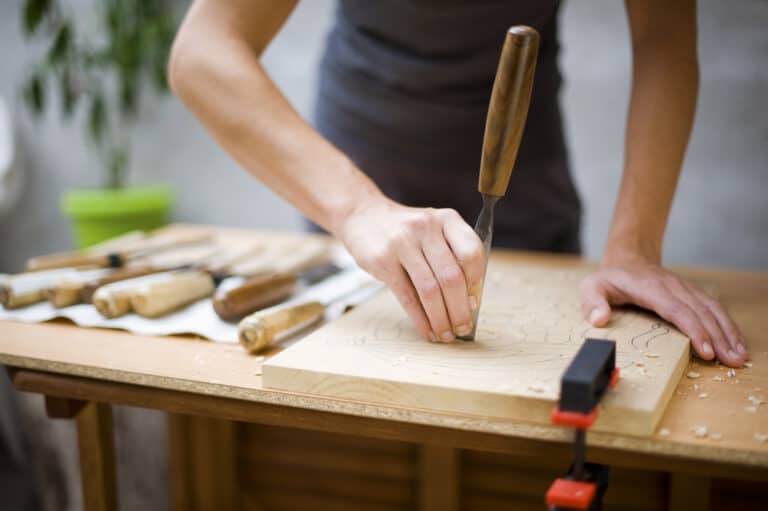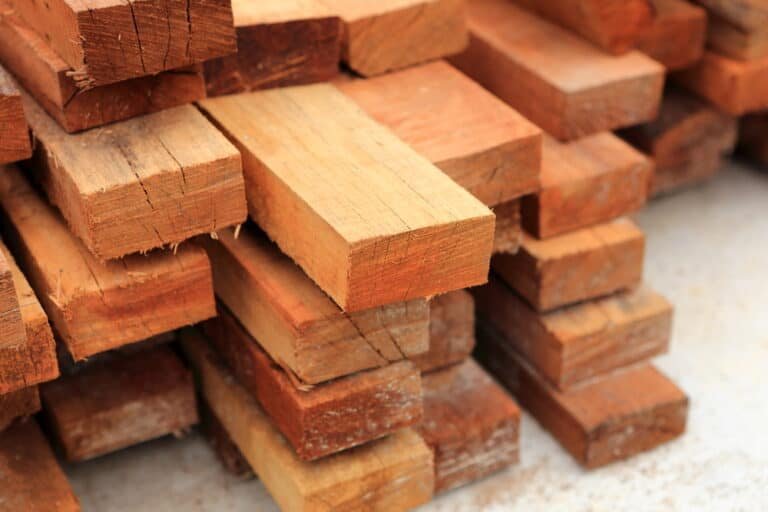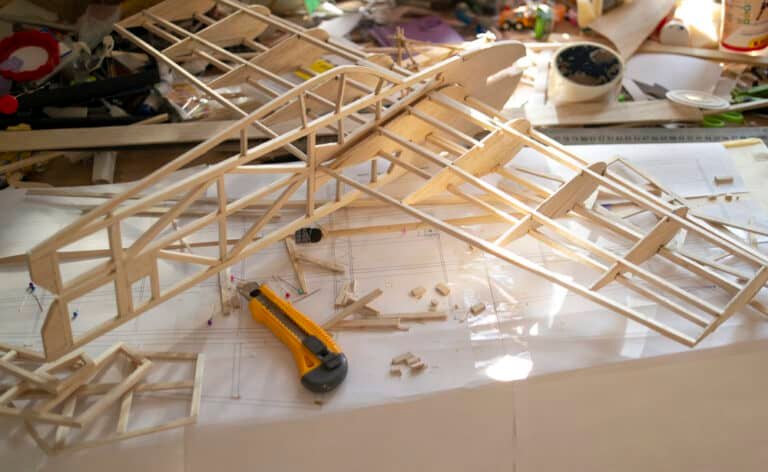Choosing the wood to carve can sometimes be challenging, especially for beginners. Certain carving styles might need certain types of wood, so you need to be careful about picking the right one. In this article, we’ll give you information about the workability of lime wood and whether it suits you or not.
Limewood is excellent for carving due to its soft texture. It’s also lightweight yet strong. Its fine, uniform, straight grain makes it easy to carve intricate details with lime wood.
Both beginners and experienced carvers will find lime wood easy to work with.
Carving Lime Wood
Lime wood is one of the most popular types of wood for carving. It’s ideal for beginners to practice with because of its high workability. This trait comes from its softness. Unlike willow, the softness of lime wood doesn’t make it brittle.
It’s strong and moderately durable despite being lightweight.
Lime wood doesn’t have a strong grain pattern or knots. As a result, advanced carvers can also utilize it to create intricate and detailed designs.
Properties that Make Lime Wood Good for Carving
Other than its softness, the following characteristics help make Limewood great for carving:
Fine Grain
Not only will fine grain make it easy to form details, but it can also create a polished look. The wood can achieve a smooth and uniform texture thanks to this fine grain.
Lightweight
Generally, lime wood is lightweight. This is also another reason why it’s good for beginners.
With this characteristic, you can easily handle the wood for an extended period.
Additionally, being lightweight makes it perfect for larger carvings that would be difficult to handle if the wood is heavy.
Stability
Having good stability means that lime wood is less likely to warp or twist, especially after a drying process.
If your carving requires precision, this wood would be an excellent choice.
You can trust that it doesn’t change its shape easily.
Suitable with Many Kinds of Finishes
Finishing is an essential process in wood carving. It gives your piece both protective and aesthetic functions. However, you can’t just choose any finish because it might not be suitable for your wood.
Lime wood, on the other hand, accepts a wide range of finishes, including stains, oils, and varnishes.
This means achieving your desired texture and color for a finished carving should be easy.
What Carving Techniques Are Suitable for Lime Wood?
Let’s look at some techniques you can use when carving lime wood.
Chip Carving
Chip carving involves applying design to wood by creating small chips or cuts on the surface.
This is a popular yet intricate technique.
Some patterns that can be achieved through this technique are geometric and floral. Also, you can do lettering and other decorative designs with this technique.
Relief Carving
Relief carving is also a common technique. You do this by carving out the surrounding of your design into a flat surface. This way, your design would appear protruding.
Carvers often use this method to create sculptures, plaques, and decorative panels.
Carving in the Round
Carving in the round means making a completely three-dimensional piece out of a single piece of wood, similar to whittling.
This method is best to be used to produce sculptures, figurines, and other objects that need meticulous details.
Hollowing
Hollowing is the process of carving out the inside of a wooden item to create a hollow area. This method is frequently used to make bowls, vases, and other functional objects.
Things to Watch Out for When Carving a Lime Wood
Tool Sharpness and Maintenance
You can use many kinds of tools to carve lime wood. However, you need to maintain its sharpness and general condition.
Softwoods like lime wood can dull your tools quickly.
Make sure your tools are sharp enough before using them to carve. This can ensure a smooth and efficient carving process.
Moisture Level
Sometimes, freshly cut wood must go through a drying process before being ready to carve. However, you need to ensure it’s not too dry as well.
Wood that is too wet or too dry may split or crack easily, making the carving process more difficult.
Knots and Damages
Some lime wood might contain knots and damages that make carving extra challenging. When you find these knots, it’s best to remove them entirely.
Closing Thoughts
Lime wood gives beginners and experienced carvers the best of both worlds.
It has high workability that’s ideal for any various techniques and styles.
Furthermore, it allows you to achieve your desired piece with less effort than other types of wood.
Lime wood has soft, lightweight, stable, and flexible characteristics.
However, you need to be careful about the tools you use, its moisture level, and the damages it contains.
Nevertheless, lime wood is one of the best types of carving wood you can ever have.
